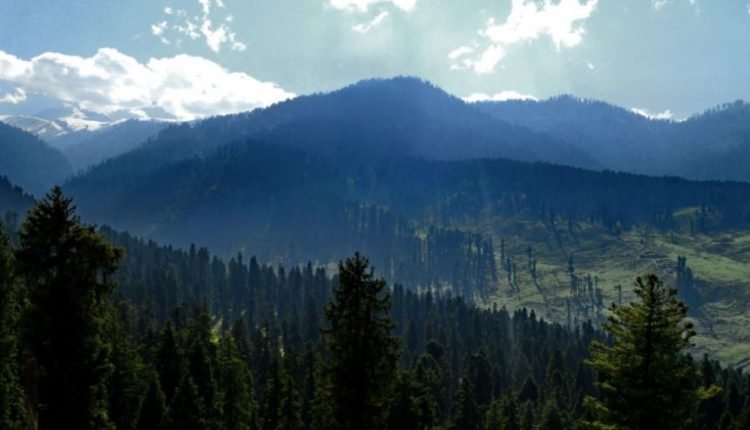As per the Master Plan 2035, approved by the government, the government has set up “green belt areas” for the water bodies in and around the city.These “green belt areas” or “buffer zones” in Kashmir valley for water bodies to curb the illegal encroachment of land and preserve the habitat for a long-term management programme.
These “buffers” would act as natural filters of toxins and prevent erosion providing habitat for many species, it said. Further, is is added that the “buffers” also add aesthetic value to the area.
The “green belt zones” for Dal and Nigeen lakes from Dalgate and Nehru Park is 50 meters from the edge of the lake or building line. These would be 100 meters from the edge of the lake from Nishat Park to Nehru Junction and Naseem Bagh to Ashai Bagh Bridge, around 50 meters from western periphery of Dal Lake from Saida Kadal to Dalgate, and around 20 meters from Telbal Nallah, Nallah Amir Khan and other tributary Nallahs that feed into the lake including navigation and irrigation channels.
At Anchar lake, Shalbug Nambal and Haran forests there would be 200 meter “buffer zones” from south, north and west sides and 30 meters on the eastern side from Soura to Pandach area.Similarly, at Hokarsar Wetland, it would be 200 metres from Sahriefabad to Narbal along south and west sides and at Nambal Narkur 100 meter from th edge.
There will be 50 meter “buffer zones” from lake fringe at Khushalsar and Gilsar, Phashakun Pampore, Sukhnag Nallah, Drangbal Nambal, Budsar, Rakhi Rabitaar, Sind Nallah, and Mirgund Jheel, reveals the Master Plan.
It said that eco-tones would be preserved by restricting any form of construction from the lake periphery. Buffers are vital elements of watersheds and are essential to mitigate and control pollution from non-point sources.
As per the Master Plan, green belts around wetlands, lakes and other water bodies would be adequate to ensure that their functions are protected and maintained in the long term.The “buffer zone” widths and management would take into account the ecological functions of the water bodies and the potential impacts associated with the adjacent land use and other relevant factors including flood plain, it said.




